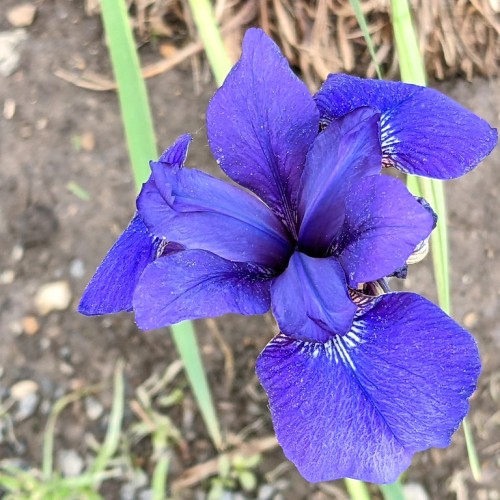
Siberian iris
Iris 'Rill'
Cycle:
Herbaceous Perennial
Watering:
Frequent
Hardiness Zone:
3 - 8
Flowers:
Flowers
Sun:
Full sun,part shade
Leaf:
Yes
Growth Rate:
Low
Maintenance:
Low
Drought Tolerant:
Yes
Care Level:
Medium
watering
Water Siberian iris (Iris 'Rill') every 7-10 days when the soil is dry up to a 2” depth. In the summer, Siberian iris may need to be watered more frequently. When watering, make sure to give the plant enough hydration to thoroughly soak the soil. Avoid overwatering, as too much water can lead to root rot.
sunlight
Siberian iris (Iris 'Rill') requires full sun for 6 to 8 hours each day for optimal growth and bloom. In areas with hot summers, this plant should be provided with partial shade during the hottest part of the day. In cooler climates, however, it can tolerate full sun all day. Siberian iris is hardy in USDA hardiness zones 3 through 8.
pruning
Siberian iris (Iris 'Rill') requires minimal pruning. A light pruning after flowering occurs in late May or June, helps to improve the flower production of the following year. This pruning involves removing any dead or damaged foliage, trimming back the long stems, and removing any remaining seed pods. If the plant is becoming too large, a more severe pruning can be done in August when the plant is dormant. This may involve cutting back the foliage and stems to about a foot high and reducing the size of the plant itself. It’s important to remember to fertilize the plant after major pruning.
